Rev Your Knowledge. Dive Deep Into Car Specs
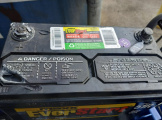
Faulty Car Battery: Symptoms And Solutions
Car BatteryUnder ideal conditions, a car battery lasts just under five years before it needs to be replaced. However, in some cases, a premature failure may occur, the causes of which we have summarized for...
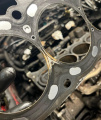
Blown Head Gasket Symptoms - How To Diagnose And Fix
Engine GuidesThe cylinder head gasket is a component located between the cylinder head and the engine block. Its purpose is to seal off the combustion chamber as well as the cooling water and engine oil...

Is Timing Chain Or Timing Belt Better? Detailed Comparison
GuidesTiming Chain or Timing Belt? Those who have grappled with this question will likely know that the timing chain is maintenance-free and never needs to be replaced. In contrast, timing belts should...
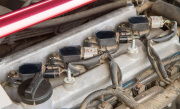
Faulty Ignition Coils - How To Diagnose And Fix
GuidesThe ignition coil is designed to convert the low onboard voltage of the car into high voltage, which is required to generate the ignition spark at the spark plug. While ignition coils generally...
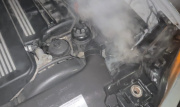
Coolant Temperature: What to Do When the Engine Temperature Is Rising
GuidesThe optimal coolant temperature ranges between 194 and 212 degrees Fahrenheit. A precise degree-by-degree display is not necessary – it suffices if the needle is in the middle of the gauge...

What Does Diesel Particilate Filter Light Mean - Diagnose And Troubleshooting
GuidesThe article discusses the Diesel Particulate Filter (DPF), a key component of the exhaust system that requires expensive materials like silicon carbide and platinum for its production. Its...
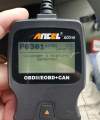
Engine Misfire: Causes And Solutions
GuidesMisfires can affect any gasoline engine and are typically characterized by temporary jerking of the engine and noticeable loss of power. This is often due to a missing spark, preventing the...

How To Diagnose A Faulty EGR Valve: Causes and Solutions
GuidesThe article discusses the Exhaust Gas Recirculation (EGR) valve, a device in vehicles that reintroduces a measured amount of exhaust gases back into the combustion chamber. This process aims to...
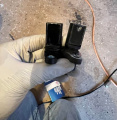
How To Diagnose Bad Crankshaft Position Sensor: Symptoms And Causes
GuidesThe crankshaft sensor (also known as crankshaft speed sensor or TDC position sensor) is one of the most important sensors for the engine. The role of this inconspicuous sensor is quite simple...

How to Choose a Hail Proof Car Protector
GuidesYou receive a weather forecast warning of an impending hailstorm, but this isn't just any ordinary hailstorm. This one promises colossal golf ball-sized hail that shows no mercy.
It...
